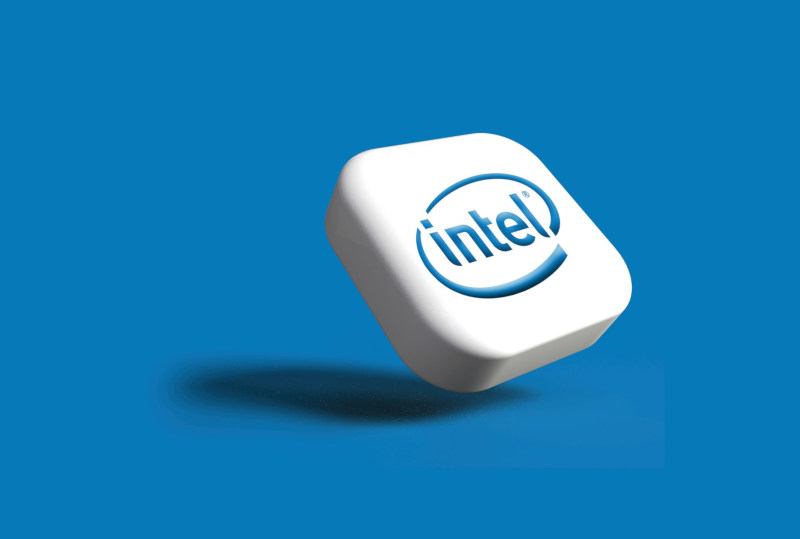Intel has introduced a new version of the lightweight x86S instruction set, which is not backward compatible with older software – it only supports 64-bit OS and software. In version 1.2, the company continued the process of cutting down old features, removing many 16- and 32-bit features. Previously, the manufacturer promised to optimize the x86 architecture.

Image source: Rubaitul Azad / unsplash.com
The x86S instruction set implements Intel’s plan for x86 processors, which have powered PCs for decades. The original architecture dates back to 1978 with the release of the 16-bit Intel 8086 chip. As computing needs grew, Intel added new features to handle 16- and 32-bit computing over the decades. At the same time, the architecture became more complex and bloated, and in May last year the company came up with the idea of switching to an optimized version of x86S only for 64-bit processors, which would help optimize the design of the chips.
The updated version 1.2 of the x86S specification was the next step in the implementation of the plan – the instruction set lost several 16- and 32-bit functions. These are, in particular, real and protected 16-bit modes, 16-bit addressing, protection rings with privilege levels 1 and 2, as well as other outdated and little-used components. However, the “32-bit compatibility mode” is still present. Intel also noted that 64-bit systems from the late 2000s and early 2010s use virtualization, which therefore applies to all 16- and 32-bit platforms from DOS to Windows XP.
It is not yet clear how far the company is willing to go in the name of efficiency. One of the biggest strengths of the x86 architecture has always been its unmatched compatibility, stretching back decades; and old software and hardware continued to work long after updated standards were released. And if Intel switches future processors to x86S, it will mark a radical break with this idea. On the other hand, thanks to Apple and Qualcomm, the initially alien but more efficient Arm architecture is now gaining strength.
Intel will not be able to make its decisions in a vacuum – it will require the contribution of its long-time partner and competitor in the person of AMD. Once upon a time, the “reds” paved the way for the development of the 64-bit architecture itself, releasing the AMD64 extension for x86 – after the unsuccessful experience of Intel Itanium. Now the two companies may have to coordinate their actions.